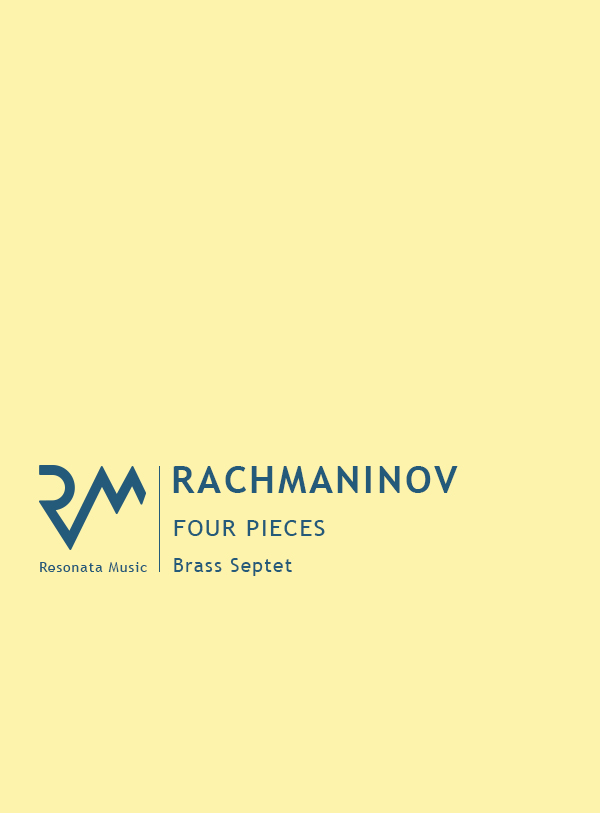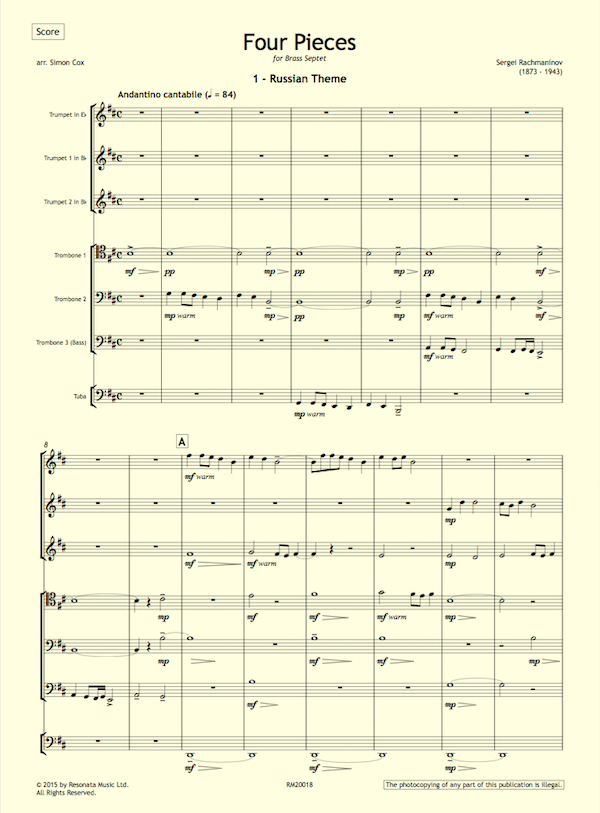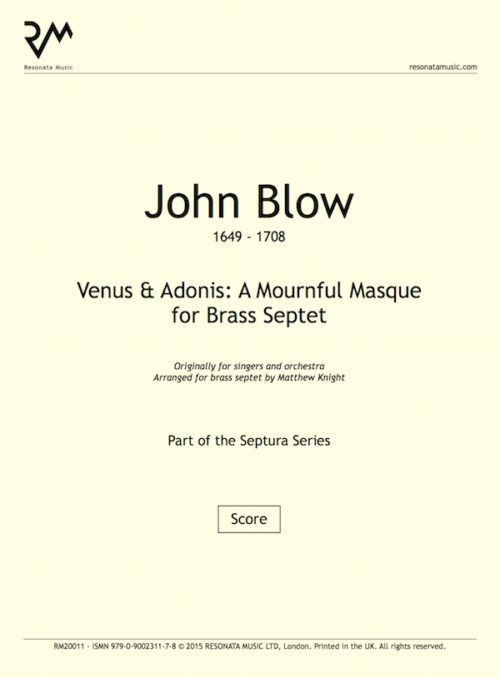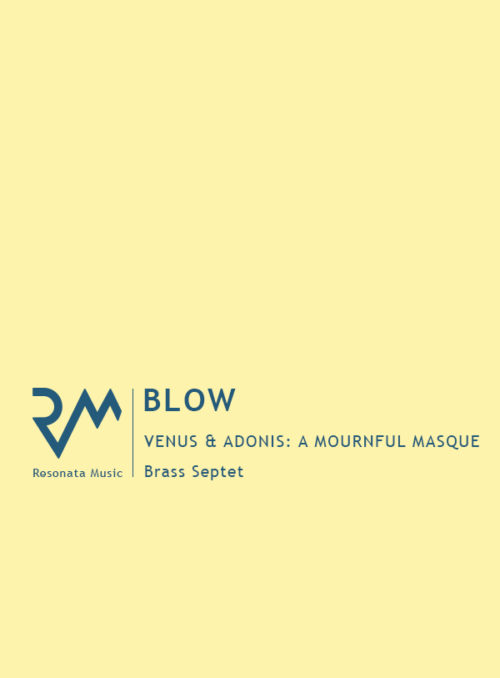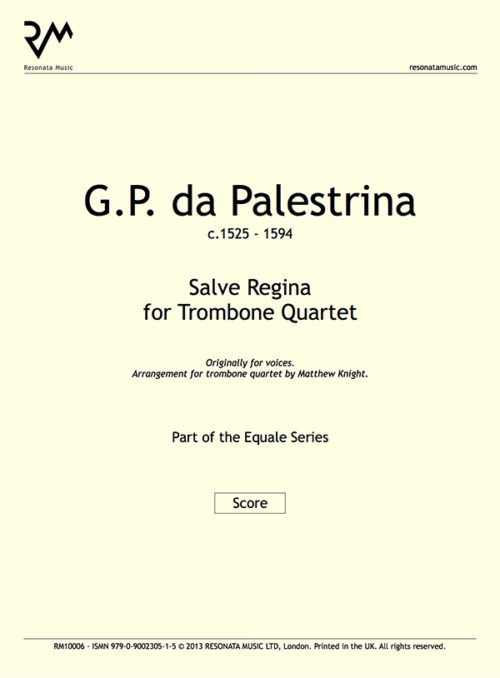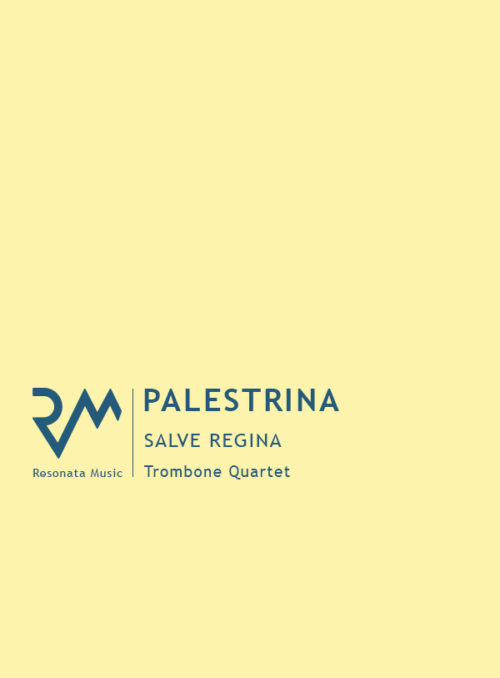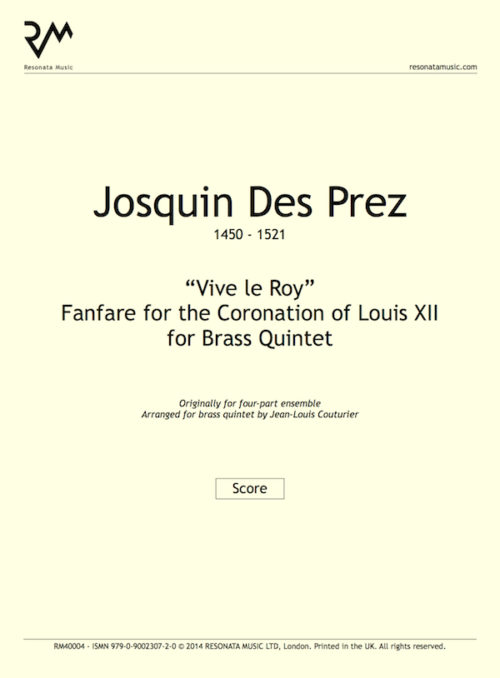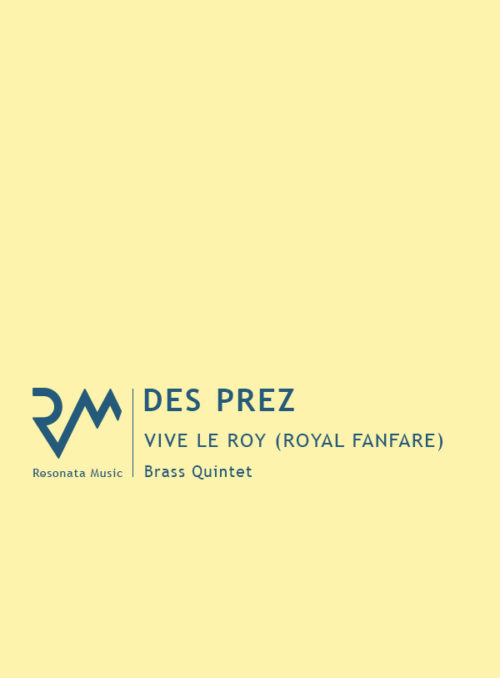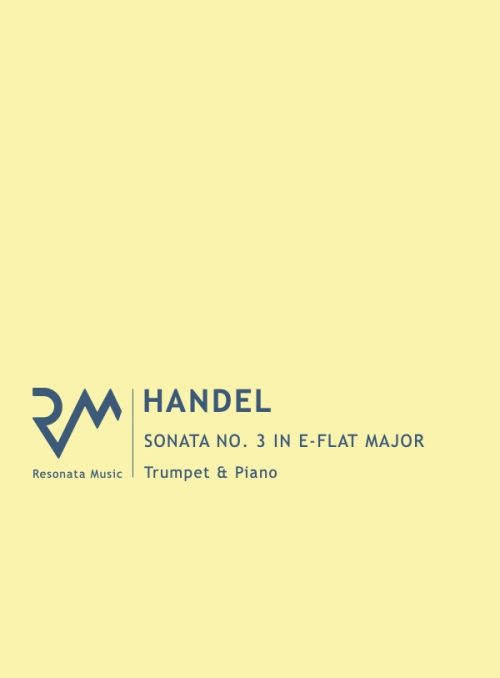Description
Rachmaninov’s career was still in its infancy (although he had already had considerable success with his one-act opera Aleko) when he composed his Op. 11 Six Morceaux, a suite in the long Russian tradition of four-hands piano music. The collection was written at breakneck speed in April 1894, and he conceded that its principal purpose was “to balance the books”. Nevertheless, the hallmarks of his developing style are already evident, notably in the influence of the Russian Orthodox Church—bell-tolls and melodies based on liturgical chants—and folk song. Bell-tolls play a crucial role in the Scherzo, interrupting the frenzied triple-time dance to usher in slower, more reflective music, giving the movement a decidedly programmatic character. And in the questing Romance the unsettled and chromatic melodic line contrasts with a steady and unwavering bell-like accompaniment. The outer movements are variations on existing melodies—the well-known traditional Song of the Volga Boatmen in the opening B minor Russian Theme, and a Russian Orthodox chant (one that coincidentally also appears in the Coronation Scene of Mussorgsky’s Boris Godunov) in the concluding climax of Slava! (Glory). Strangely, there is very little thematic development in either: after initial trombone intonations the themes are repeated—re-harmonised and transposed, housed in different textures, and played at different tempos, but essentially unaltered throughout. This gives both a gnomic air: irredeemably desolate in the Russian Theme, and building towards an inextinguishably triumphant C major in the epic climax of Slava.
Parts included:
- Score
- Trumpet in E-flat
- Trumpet 1 in B-flat
- Trumpet 2 in B-flat
- Trombone 1
- Trombone 2
- Trombone 3
- Tuba
Purchasing this product entitles you to download it three times. You will receive an email with a link to download your files upon completing payment.

